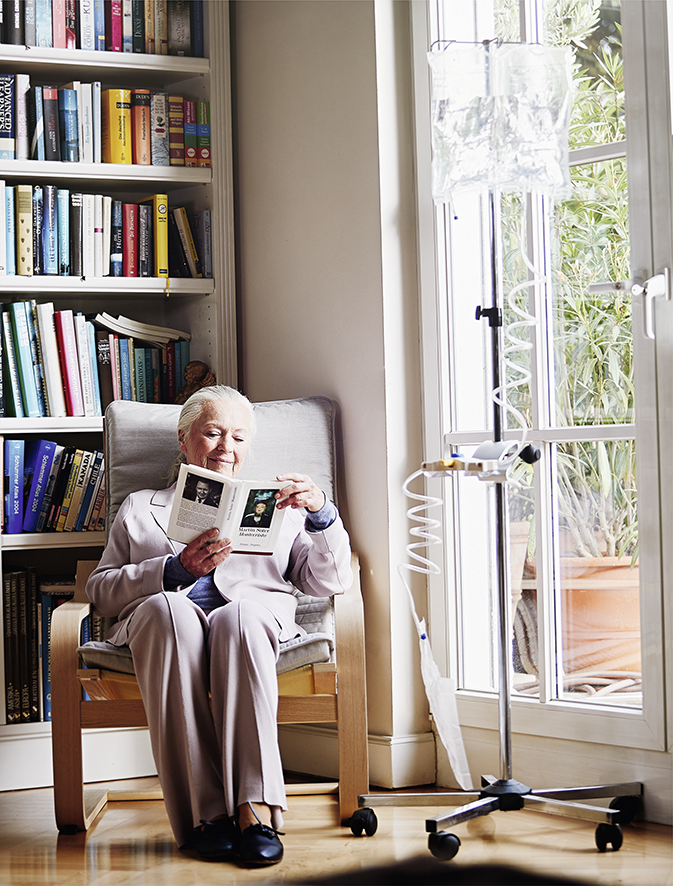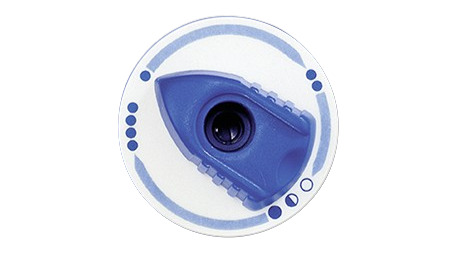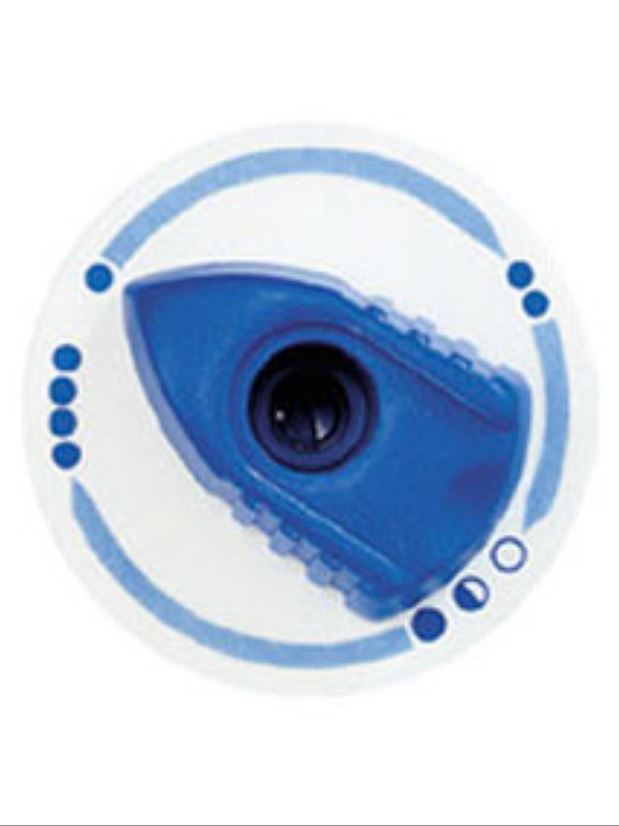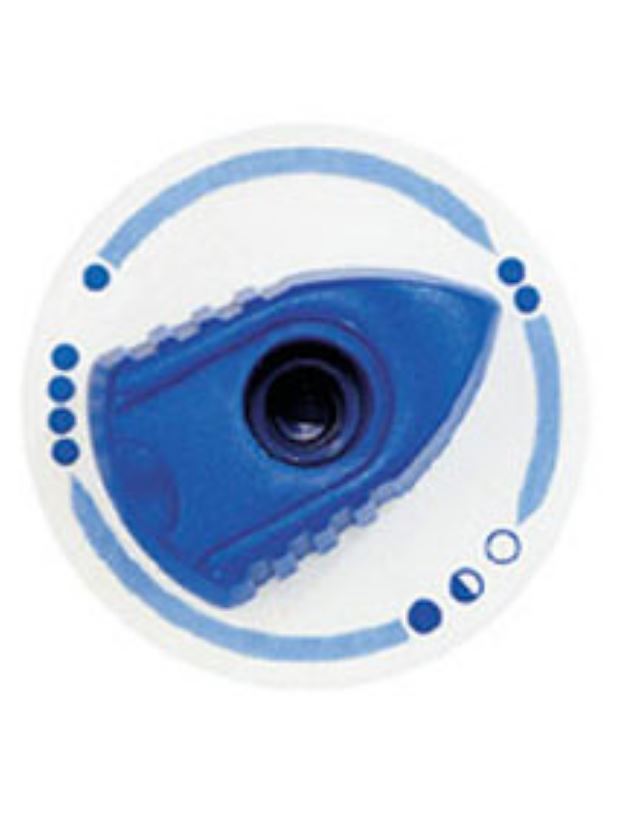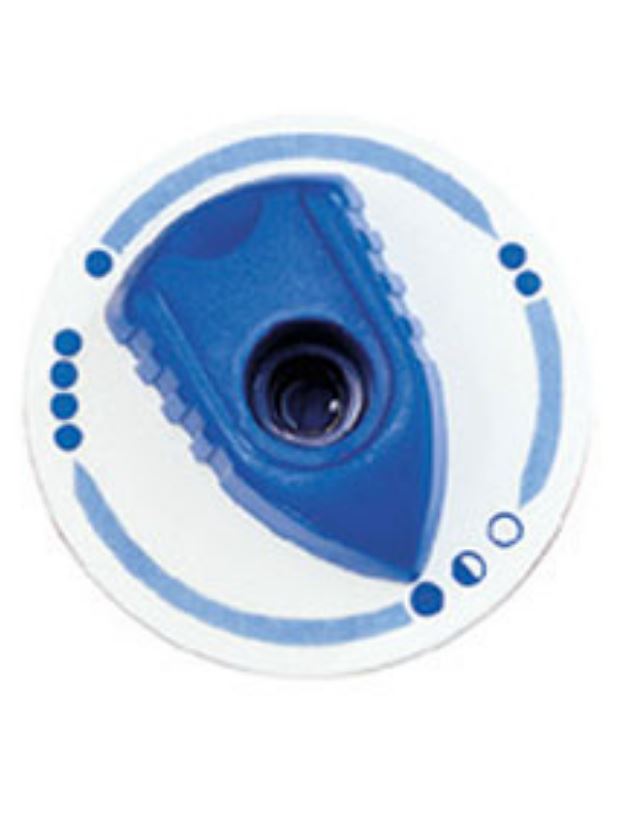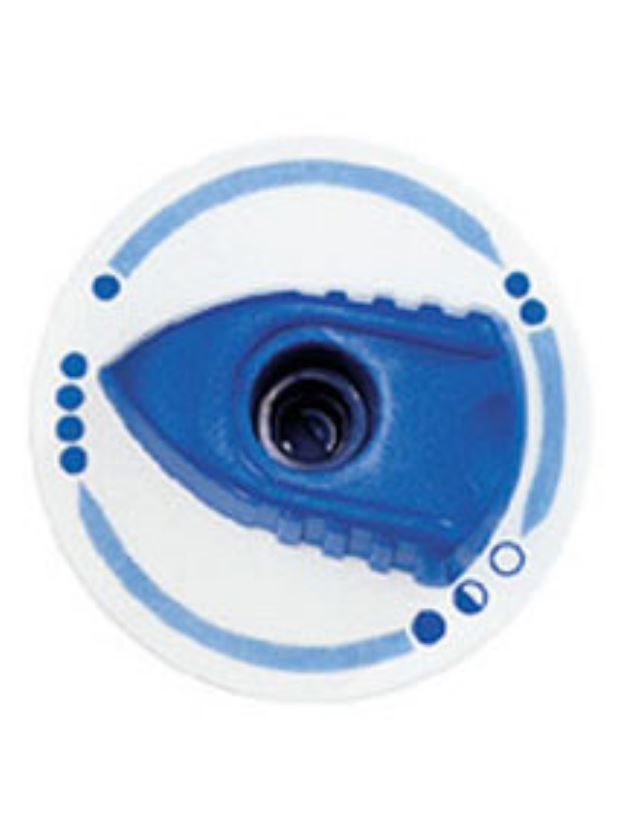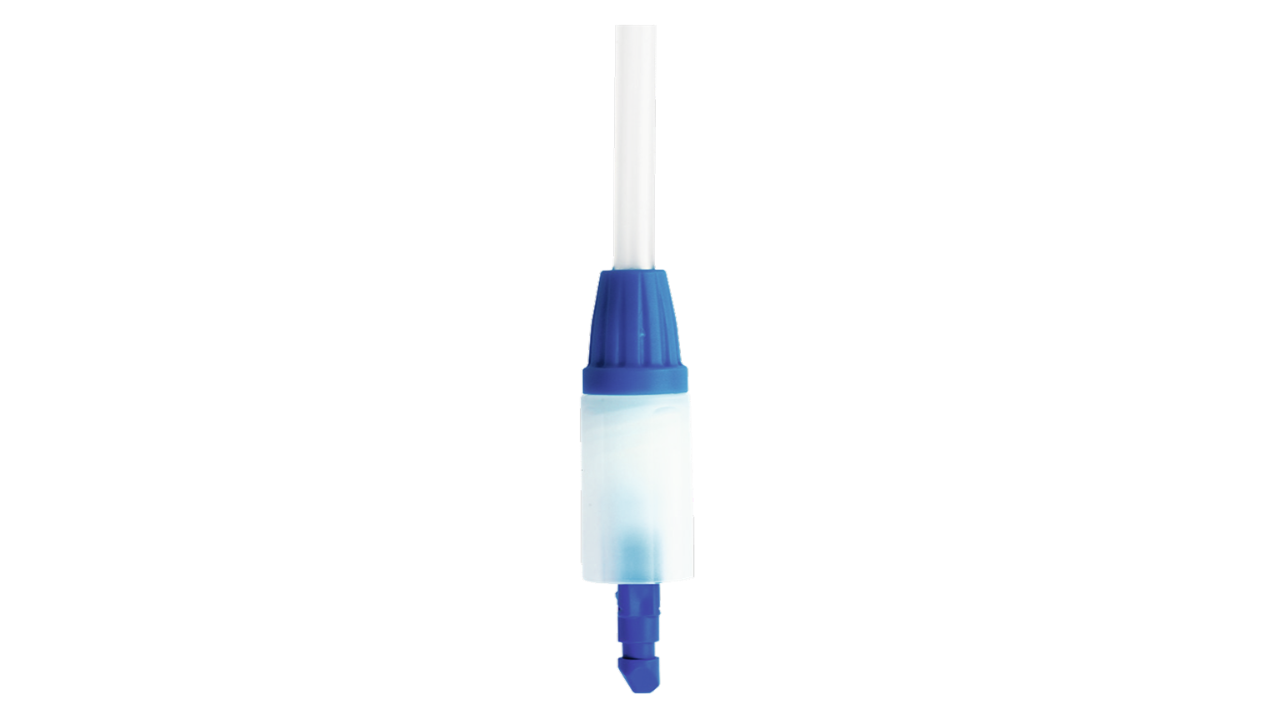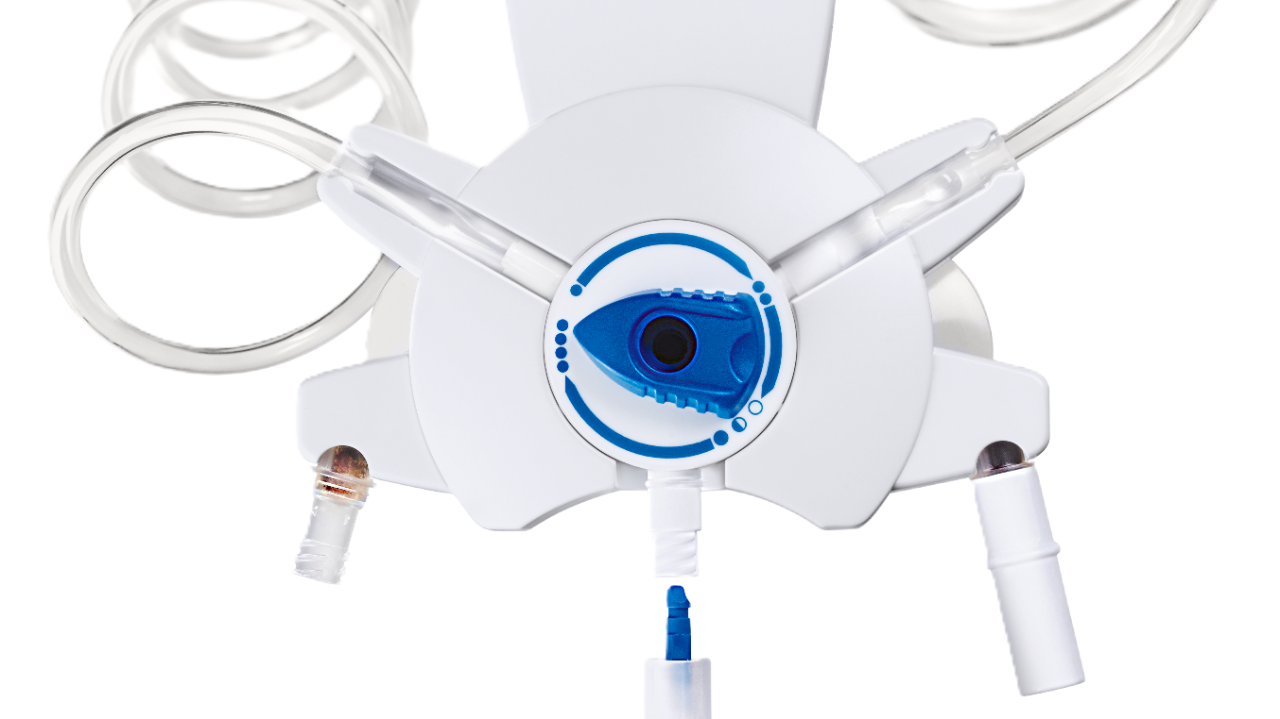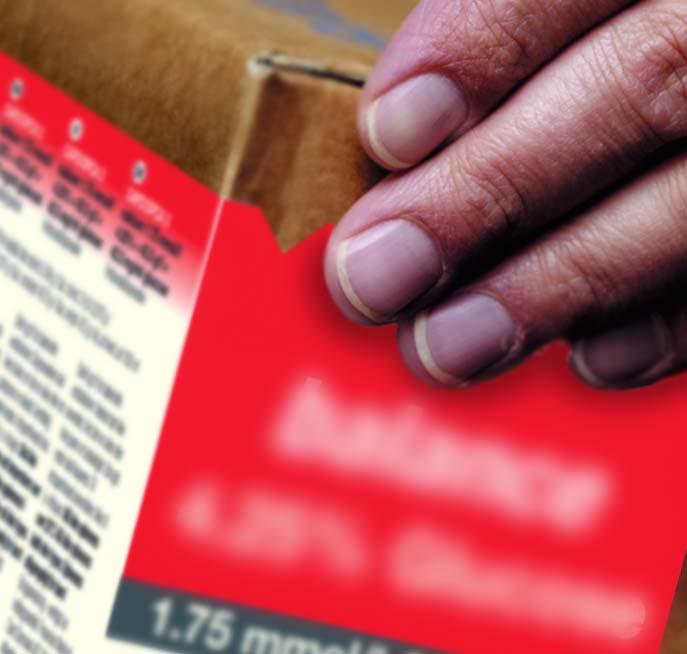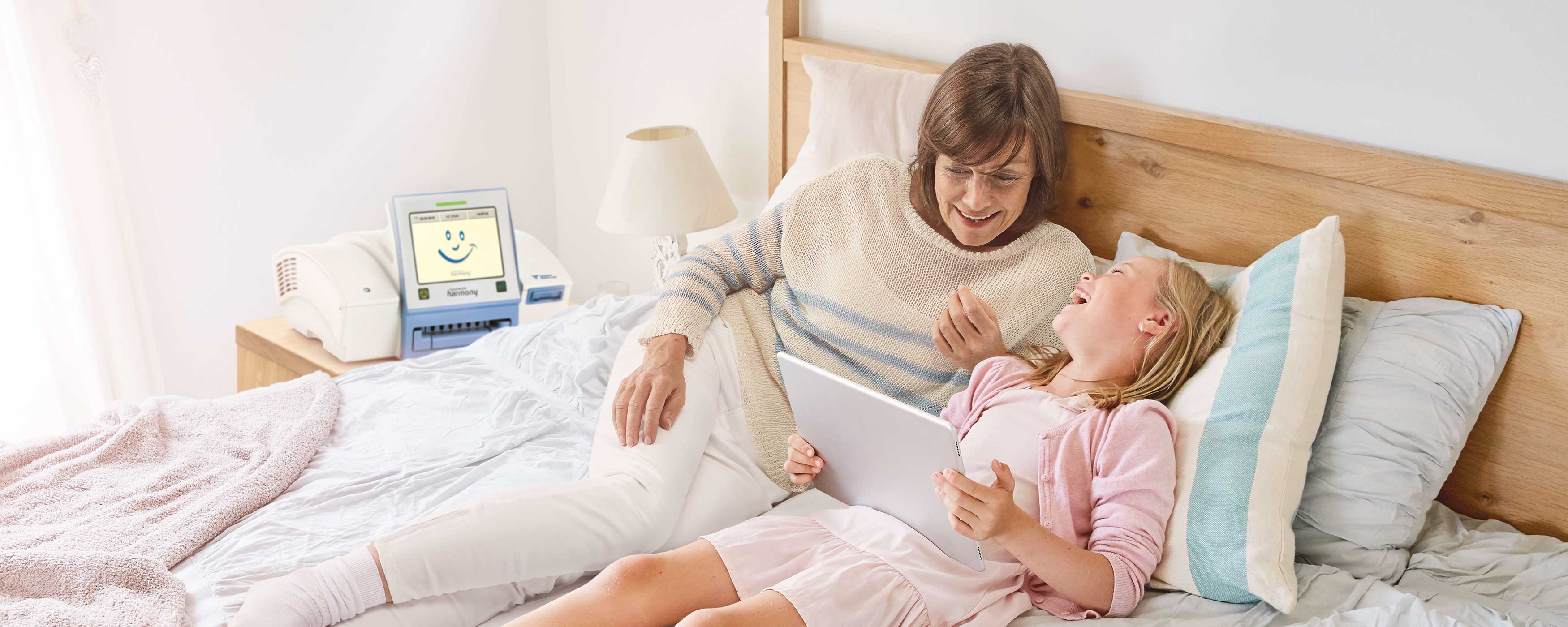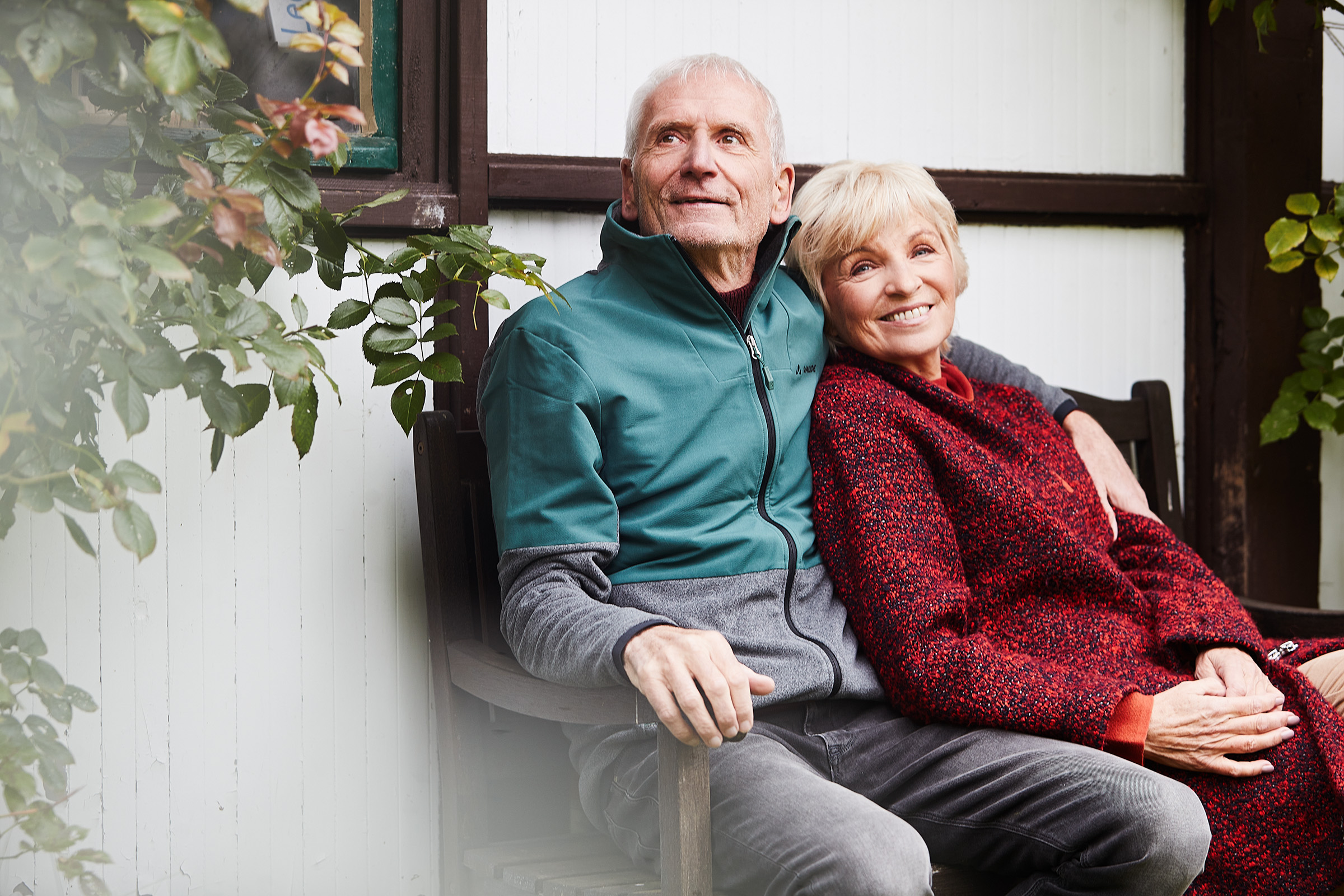Fresenius Medical Care offers holistic solutions for CAPD and APD patients, which includes supporting patients in preparing for PD with training solutions and the set up.
CAPD
4 simple steps to perform CAPD
| System | stay•safe system | Other systems |
|---|---|---|
| System openings/day: | 4 | 8 |
| Risk steps/year: | 1,460 | 2,920 |
* Calculated on the basis of four exchanges/day, as compared to other conventional systems. System openings defined as connections and disconnections from treatment.
Invitingly simple support
Getting started with CAPD
We support you with a range of specific trainings that lay the foundation for a confident start to therapy. And while everybody is preparing, we help to make sure that everything is up and running in your patients’ homes.
Preparing patients as good as possible for home dialysis – learn more about our stay•safe MyTraining VR.
The stay•safe MyTraining VR is currently only available in a limited number of countries. Please contact your local Fresenius Medical Care representative to find out more.
Expect more of us - CAPD monitoring and support
Once therapy has started, we offer a wide range of tools and services aiming to improve outcomes, reduce your workload and increase patient compliance.
Related content
1 Lambert MC, Lage C, Kirchgessner J. stay•safe. A new PVC free system in long-term CAPD treatment. EDTNA ERCA J. 1999; 25(3): 30-34.
2 L i PK, Law MC, Chow KM, et al. Comparison of clinical outcome and ease of handling in two double-bag systems in continuous ambulatory peritoneal dialysis: A prospective, randomized, controlled, multicenter study. Am J Kidney Dis. 2002; 40(2): 373-380.

